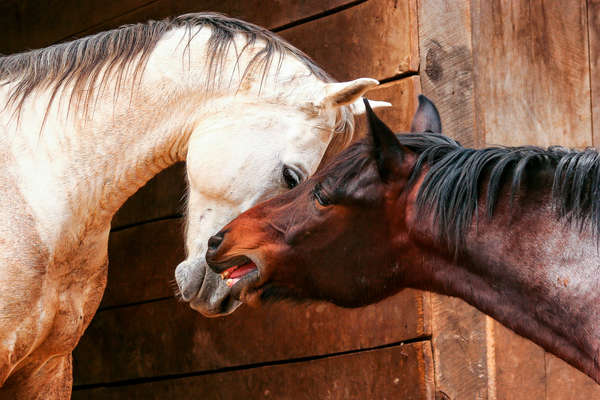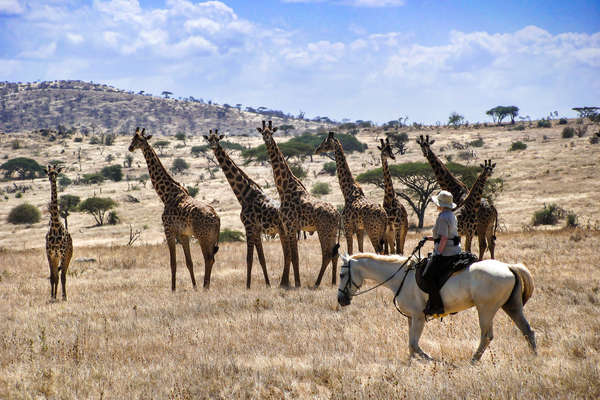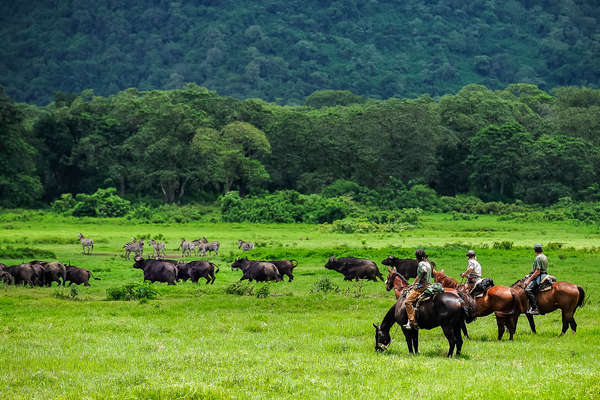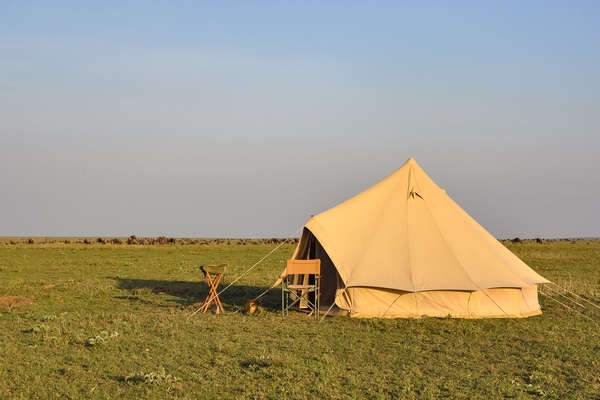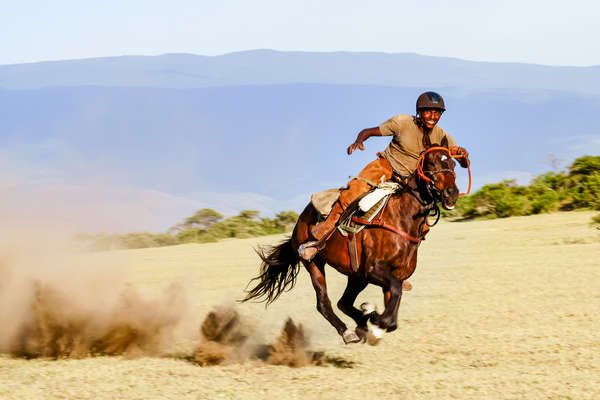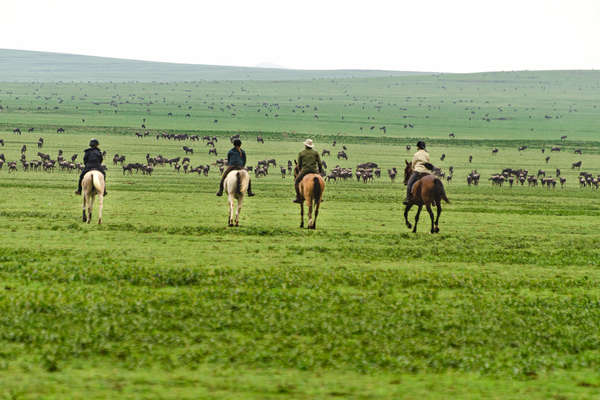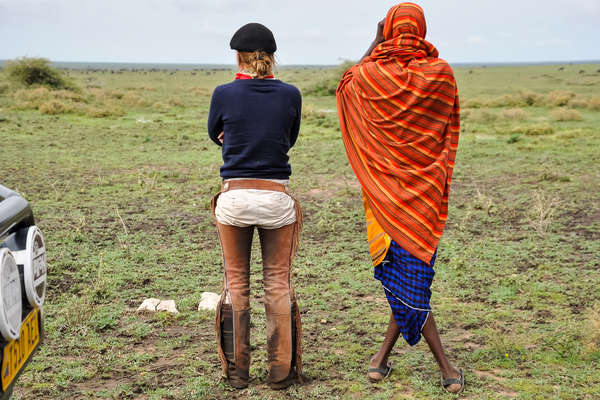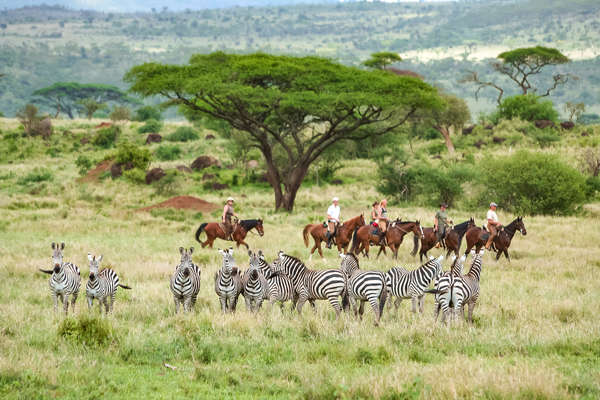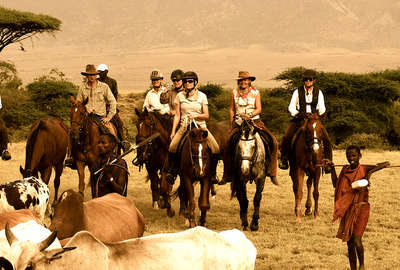
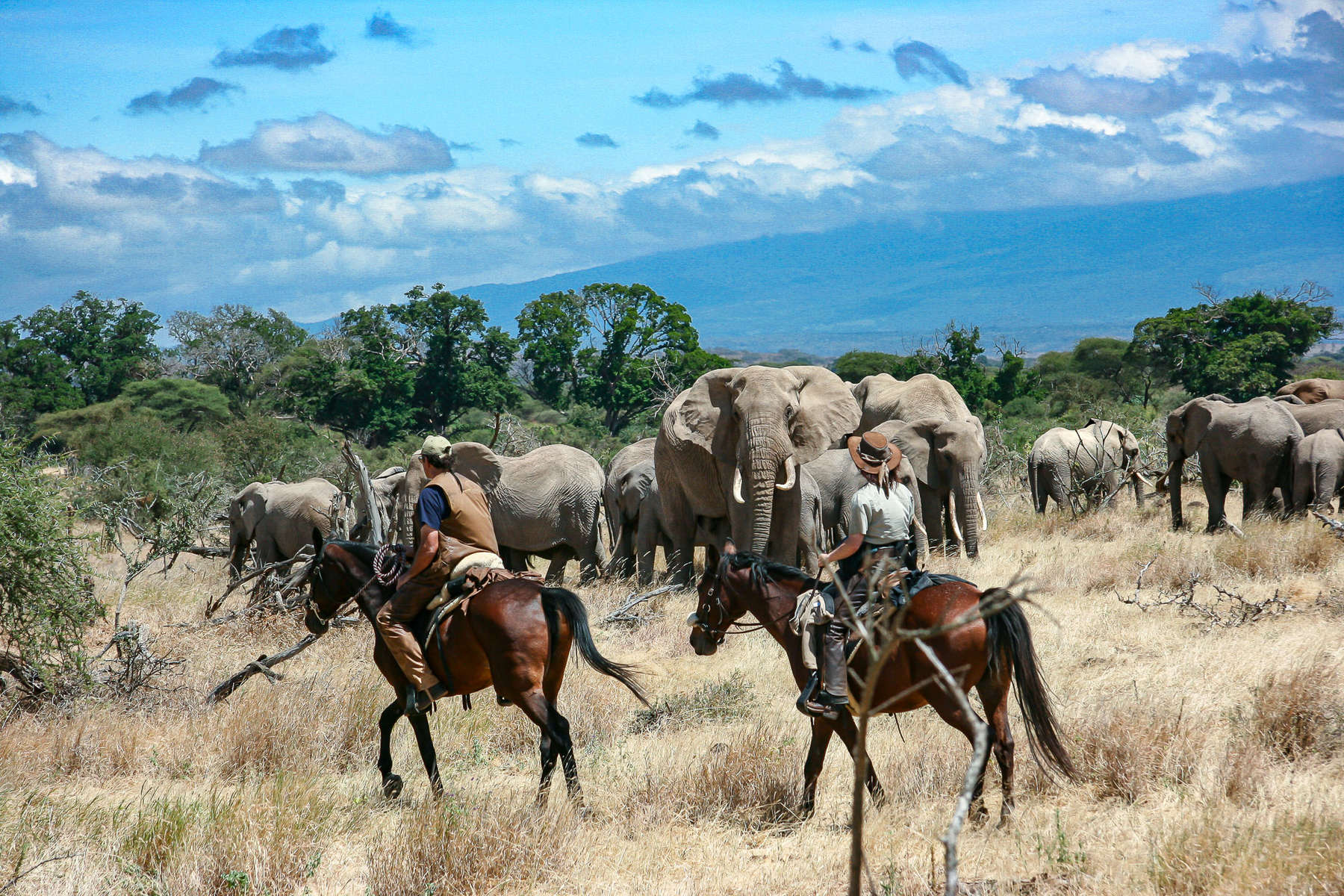
From the horse’s mouth
All trips

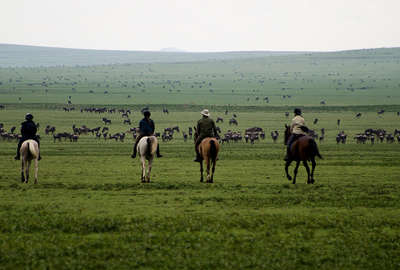
The Serengeti Migration Safari
Guaranteed departures
Visa & Health
Formalities
Addresses of consulates
- Tanzanian High Commission
Health
Insurance
Voltage
Budget and money
Telephone and jetlag
Country information
Country ID
Socio-economical data
History
Geography
People, culture and traditions
Choosing the right riding holiday
Choosing the right riding holiday
Horse riding safaris often follow a similar pattern. You are woken early in the morning so that you can be onboard your horse at dawn and riding as the animals are most active. You will normally ride for 3-4 hours in the morning, following game tracks in search of the Big Five and other species. Lunch is taken in a shady spot where a short siesta is possible before being woken again for tea. The afternoon rides set out as it starts to get cooler so that you can appreciate the beautiful afternoon light and watch the bush come to life, before returning to camp before night falls. Typically the morning rides are faster and adrenaline-fuelled, whilst the afternoon rides are perfect for photographs.
A riding safari in Tanzania is also an immersion into Masai culture as you ride through their villages and interact with the warriors.
For an exhilarating riding safari for experienced riders only, with plenty of fast riding and the possibility of jumping, choose the Kili Elephant ride.

